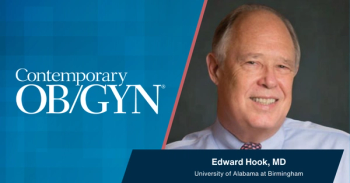
Mental illness tied to adolescent pregnancy rates
Having a major mental illness triples the risk that an adolescent will become teenaged mother, according to a study in Pediatrics. The research is the first to look at fertility trends in adolescents with mental illnesses.
Having a major mental illness triples the risk that an adolescent will become teenaged mother, according to a study in
Researchers from the Institute for Clinical Evaluative Sciences and Women’s College Hospital performed a repeated annual cross-sectional study of fertility rates in girls aged 15 to 19 years in Canada’s Ontario province from 1999 to 2009. Major mental illness within 5 years preceding pregnancy was identified with administrative health data that noted a presence of psychotic, bipolar, or major depressive disorder (60,228 person-years). The girls without a major mental illness were put into a comparison group (4,496,317 person-years). Age-specific fertility rates (live births per 1000 girls) were calculated annually, using 3-year moving averages for both groups.
Adolescent girls with a major mental illness had a 1 in 25 incidence of birth. The group’s age-specific fertility rate was 44.9 per 1000 (95% confidence interval [CI]: 43.3-46.7), whereas girls without a major mental illness had a fertility rate of 15.2 per 1000 (95% CIL 15.1-15.3), a rate ratio of 2.95 (95%CI: 2.84-3.07). Affected adolescent girls also saw a smaller reduction in their fertility rate (relative rate [RR] 0.86; 95% CI: 0.78-0.96) than their unaffected counterparts (RR: 0.78; 95% CI: 0.76-0.79).
The investigators concluded that young girls with major mental illness are more likely to become pregnant during adolescence than their counterparts. Based on their findings, they urged pregnancy prevention programs to include some consideration of mental illness in their design.
To get weekly advice for today's Ob/Gyn,
Newsletter
Get the latest clinical updates, case studies, and expert commentary in obstetric and gynecologic care. Sign up now to stay informed.










